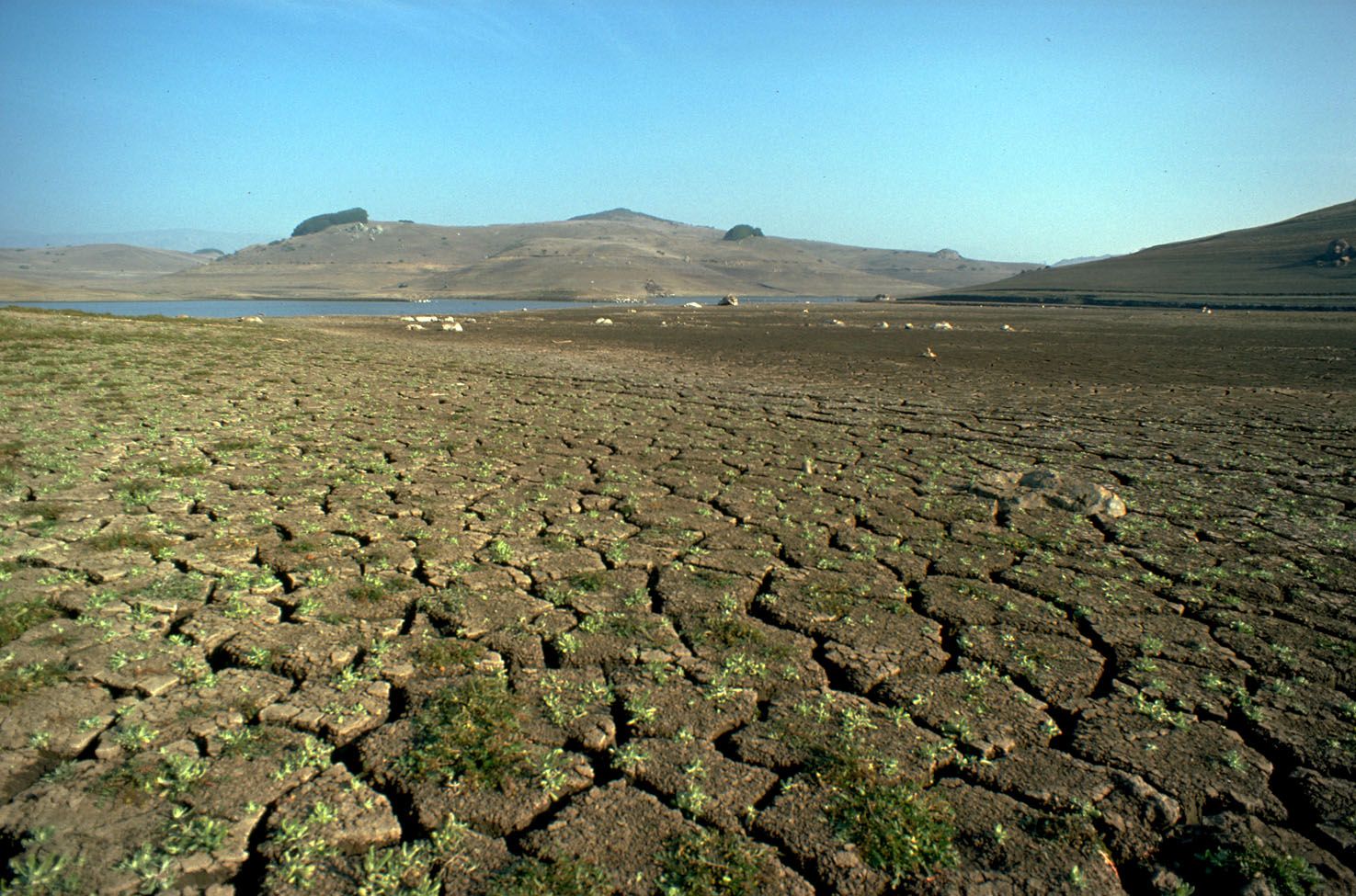 What was the most costy disaster in the U.S. in recent years? The Mississippi River floods in 2011? The outbreak of 336 tornadoes in that same year? Last year’s Hurricane Sandy?
What was the most costy disaster in the U.S. in recent years? The Mississippi River floods in 2011? The outbreak of 336 tornadoes in that same year? Last year’s Hurricane Sandy?
As it turns out the answer isn’t any of those. In 2012, the drought that consumed more than 65% of the conterminous U.S. has earned the top spot and is even on track to become one of the top three costliest natural disasters since 1980, according to a report by the National Drought Forum – which noted that the drought in Texas alone resulted resulted in $12 billion in damages.
The fact that drought impacts agriculture is obvious, and we all know drought likely means higher prices at the grocery store. However, drought has other economic impacts that extend beyond the farmers, the agriculture industry, and the supermarket. Lower streamflows reduces hydropower production and means more costlier electricity generated by other means must be purchased, water agencies may have to pay higher prices to find enough water supplies for their customers, and the recreation industry suffers when reservoir levels and river flows are low. The economic impacts slowly build up over time, not to mention the environmental impacts which can include less food and water for wildlife, loss or destruction of habitat, and increased stress on endangered species . That is why drought is sometimes referred to as a ‘slow-motion’ disaster, and with climate change, the frequency and severity of droughts is only expected to increase.
Droughts are mostly a natural phenomenon, but human activities can amplify their severity and duration. In times of drought, decision makers must deal with complex issues and competing interests. In order to address drought issues and management strategies nationwide, scientists at the USGS partner with nearly 2,000 local, State, Tribal, and other Federal partners to develop innovative new tools for drought monitoring, assessment and research activities.
Find out more about what the USGS is doing to address drought in the following 2-part series:


